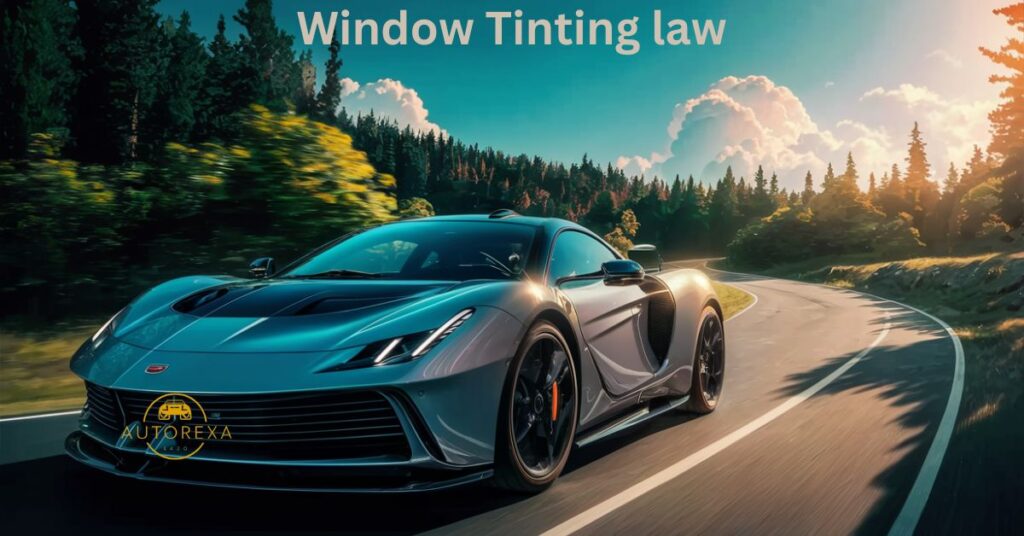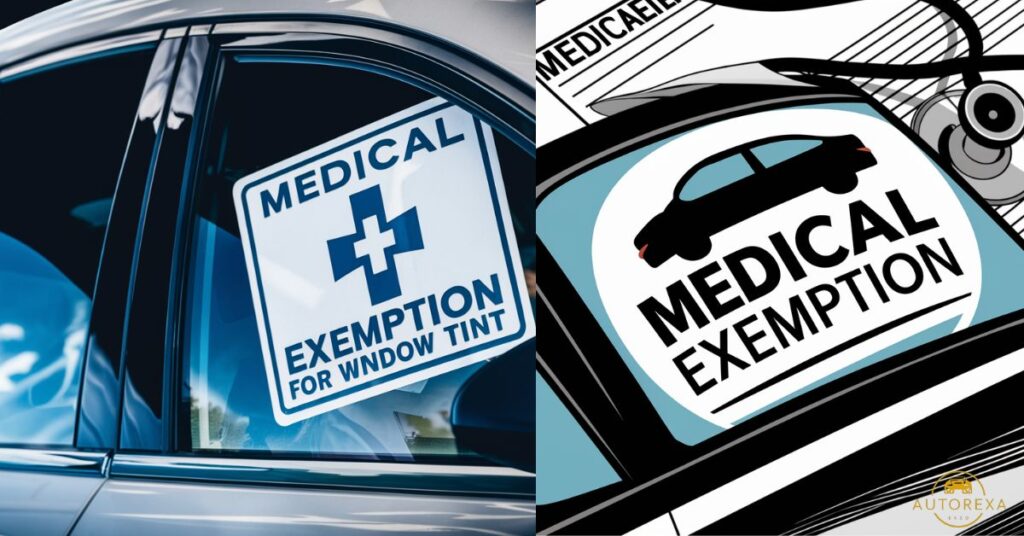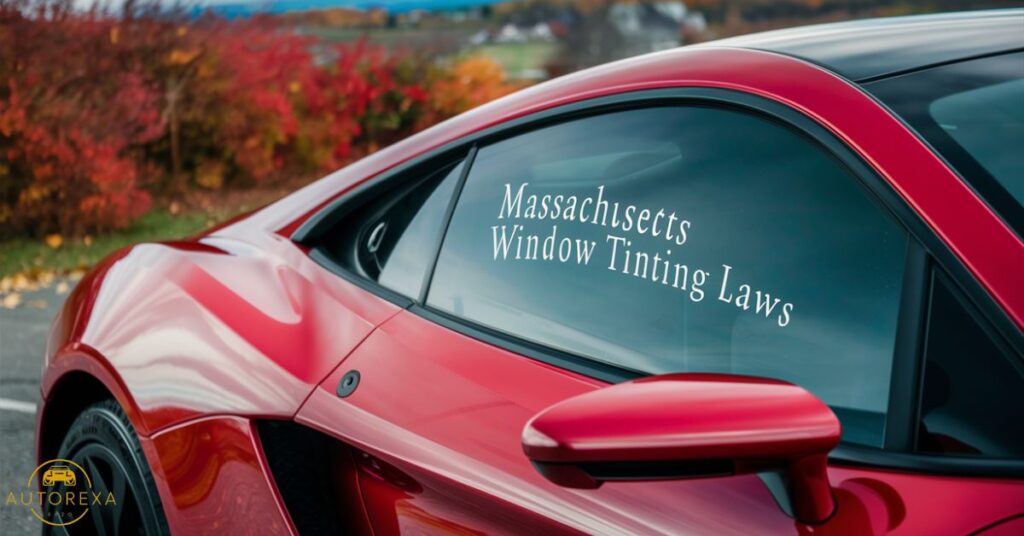“Massachusetts Window Tinting Laws” encompass regulations governing the permissible darkness and reflectivity of window tints installed on vehicles in the state. These laws dictate allowable tint percentages, ensuring compliance with safety standards and road visibility requirements.
Massachusetts Window Tinting Laws

Learn the States Window Tinting Laws, ensuring compliance with legal standards. These regulations outline permissible tint darkness levels and reflectivity limits. Stay informed about Car Window Tinting Guidelines to avoid penalties.
Understand the significance of Car Window Film Laws for safety and clarity. Adhere to Vehicle Tint Darkness Standards to maintain visibility and safety on the road. Follow Automotive Tinting Regulations to ensure a comfortable driving experience.
Consideration the benefits of UV protection window tints for safeguarding against harmful rays. Learn about IR blocking window film to minimize heat buildup inside vehicles. Stay updated on Vehicle Window Tint Safety Laws to enhance driving comfort and safety.
Window tint darkness in Massachusetts

In Massachusetts, window tint darkness is regulated to ensure safety on the roads. The darkness of window tint is measured by its Visible Light Transmission (VLT) level, indicating how much light can pass through the film. Compliance with these limits is crucial for all vehicle owners to avoid fines.
For sedans, the window tint darkness limits are as follows: the front side windows must allow more than 35% of light in, while the rear side windows and rear window must also permit more than 35% of light transmission. These regulations aim to strike a balance between privacy and visibility for drivers.
In SUVs and vans, the window tint darkness limits vary slightly, with the front side windows requiring more than 35% light transmission. However, the rear side windows and rear window can have a slightly lower darkness level, allowing more than 20% of light to pass through. It’s essential for all vehicle owners to adhere to these limits to ensure safe driving conditions.
Tint darkness for sedans
For sedans the tint darkness regulations are as follows,
- Windshield: Non-reflective tint permitted on the AS-1 line or top 6 inches.
- Front side windows: Must permit more than 35% of light.
- Back side windows: Must allow more than 35% of light.
- Rear window: Must allow more than 35% of light.
Tint darkness for SUV and vans
For SUVs and vans here are the guidelines for tint darkness,
- Windshield: Non-reflective tint allowed on the AS-1 line or top 6 inches.
- Front side windows: Must allow more than 35% of light.
- Back side windows: Must permit more than 35% of light.
- Rear window: Must allow more than 35% of light.
Read This Blog:Louisiana Window Tinting Laws – 2023 New Car Tint Laws in Louisiana

Window tint reflection in Massachusetts is subject to specific regulations to maintain road safety. These regulations aim to prevent glare, especially during bright sunlight or nighttime driving, which could impair a driver’s ability to see clearly.
The law imposes limits on the amount of light that can be reflected off tinted windows to ensure clarity on the road. By controlling the level of reflection, Massachusetts aims to minimize potential hazards on the road caused by overly reflective window tints.
Drivers in Massachusetts must comply with these regulations to avoid fines and penalties. Ensuring that window tints adhere to the specified reflection limits not only keeps drivers within the bounds of the law but also contributes to safer road conditions for all motorists.
Tint reflection for sedans
- Windshield Tint: Sedans are permitted to have non-reflective tint on the AS-1 line or the top 6 inches of the windshield.
- Front Side Windows: The tint on the front side windows of sedans must allow more than 35% of light to pass through, ensuring adequate visibility for drivers.
- Back Side Windows: Similar to the front side windows, the tint on the back side windows of sedans must also permit more than 35% of light, maintaining visibility and safety for occupants.
- Rear Window: Sedans are required to have rear windows that allow more than 35% of light to pass through, promoting clear visibility and safety on the road.
Tint reflection for SUV and vans
- Windshield Tint: SUVs and vans can have non-reflective tint on the AS-1 line or the top 6 inches of the windshield, ensuring clarity while driving.
- Front Side Windows: The tint on the front side windows of SUVs and vans must allow more than 35% of light, maintaining visibility for drivers and ensuring road safety.
- Back Side Windows: Similar to the front side windows, the tint on the back side windows of SUVs and vans must also permit more than 35% of light, providing clear visibility for passengers.
- Rear Window: SUVs and vans are required to have rear windows that allow more than 35% of light to pass through, ensuring safety and visibility on the road for all occupants.
Also Read This:Louisiana Window Tinting Laws – 2023 New Car Tint Laws in Louisiana
Other Massachusetts window tint rules and regulations
In additional regulations governing window tinting in Massachusetts, ensuring compliance with comprehensive standards for vehicle safety and visibility. These rules encompass various aspects beyond tint darkness, contributing to enhanced road safety and driver awareness.
Windshield Tinting: Massachusetts permits non-reflective tint on the AS-1 line or the top 6 inches of the windshield. This allows some tinting without compromising visibility, ensuring clear sightlines, especially at intersections.
Front Side Windows: Regulations mandate front side windows must allow more than 35% light transmission. This requirement promotes visibility for drivers, reducing accidents caused by impaired vision.
Back Side Windows: Similar to front side windows, back side windows must permit more than 35% of light. Consistent tinting standards across vehicle types enhance overall road safety.
Rear Window: Massachusetts requires rear windows to allow more than 35% light transmission. This ensures drivers maintain a clear rearward view, aiding in hazard detection.
Reflectivity Restrictions: The state limits tint reflectivity to prevent glare and distractions. This measure promotes safer driving conditions, especially at night or in heavy traffic.
Massachusetts Window Tint Restrictions and Exemptions

Massachusetts has strict regulations on vehicle window tinting to ensure safety and visibility. These laws specify restrictions on tint darkness and reflectivity to maintain clear visibility for drivers and passengers.
Vehicles in Massachusetts must allow more than 35% of light through front, back, and rear windows. Non-reflective tint is permitted on the windshield’s AS-1 line or top 6 inches for unobstructed views of the road.
Reflectivity restrictions are implemented to prevent excessive glare, ensuring driving safety. Compliance with these regulations is crucial to avoid fines and legal repercussions effectively. Adhering to these guidelines also promotes harmony on the roads.
It’s vital for vehicle owners to understand and follow these regulations to prioritize safety on the road. By adhering to the rules, drivers can enjoy the benefits of window tinting without compromising visibility or risking penalties.
Benefits of Window Tint for Vehicles
Below are some key aspects highlighting the advantages of window tint for vehicles.
| Aspect | Description |
| UV Protection | Window tint blocks harmful UV rays, reducing the risk of skin damage and protecting interior surfaces |
| Heat Reduction | Tinted windows help to lower the temperature inside the vehicle, enhancing comfort on hot days |
| Glare Reduction | Tinting reduces glare from sunlight, improving visibility and reducing eye strain for drivers |
| Privacy | Tinted windows provide increased privacy for occupants, safeguarding personal belongings |
| Interior Protection | Tinted windows protect interior materials from fading and deterioration caused by UV radiation |
| Safety Enhancement | In the event of an accident, tinted windows can hold shattered glass together, reducing injury risk |
| Enhanced Aesthetics | Window tint enhances the appearance of vehicles, adding a sleek and stylish look |
| Energy Efficiency | By reducing the need for air conditioning, window tinting can improve fuel efficiency |
Medical exemption of Window Tint for Vehicles

Medical exemptions for window tint allow individuals with specific medical conditions to use darker tints for their vehicles ensuring safety and well-being. These exemptions cater to conditions, photosensitivity which requires limited sunlight exposure.
To obtain a medical exemption, individuals need documentation from a medical professional confirming their condition and the need for darker tints. This includes details about the medical condition and any other relevant information.
Medical exemptions for window tinting vary by state each with its own regulations. It’s essential for individuals seeking an exemption to know their state’s rules and procedures.
State of Massachusetts Info

Massachusetts, often referred to as the “Bay State” boasts a storied past as one of the original 13 colonies and played a pivotal role in American history including the American Revolution.
Capital: Boston
Leading City: Boston is not only the capital but also the largest city in Massachusetts, serving as a cultural economic and educational hub.
Population: With a population of over (7 million) people Massachusetts is one of the most densely populated states in the U.S. known for its diverse and vibrant communities.
Area: Covering approximately 10,555 square miles (27,340 km2) Massachusetts encompasses a variety of landscapes, from the rolling hills of the Berkshires to the sandy shores of Cape Cod.
Economy: Massachusetts boasts a robust economy driven by sectors such as education healthcare technology finance and tourism. It is home to prestigious universities like Harvard and MIT and numerous Fortune 500 companies.
Culture: The state is renowned for its rich cultural heritage, including historic sites like Plymouth Rock and Salem, world-class museums such as the Museum of Fine Arts in Boston, and annual events like the Boston Marathon and the Salem Witch Trials reenactments.
Natural Beauty: Despite its small size, Massachusetts offers stunning natural beauty.This includes scenic coastline and picturesque islands like Martha’s Vineyard and Nantucket.It also boasts vast expanses of forests and mountains in the western part of the state.
Frequently Asked Questions
Are there specific regulations for windshield tinting?
Yes, you can permit non-reflective tint on the AS-1 line or the top 6 inches.
What about the tint darkness for front side windows?
Front side windows must allow more than 35% of light.
Do these regulations apply to back side windows as well?
Yes, back side windows must also permit more than 35% of light.
What is the requirement for the rear window tint?
The rear window tint must allow more than 35% of light to pass through.
Are there restrictions on tint reflectivity?
To prevent excessive glare, limit reflective tint to 35% or less.
Are there any penalties for violating these tinting laws?
Violations may result in fines up to $250 and possible license suspension.
Conclusion
The 2023 States laws ensure safety on the roads by providing clear guidelines. Adhering to these laws helps drivers avoid fines and legal issues contributing to a smoother driving experience for everyone.
These regulations balance personal preference with public safety, promoting safer driving conditions overall. Understanding and adhering to these laws is crucial for Massachusetts vehicle owners to ensure a smooth journey on the roads.







